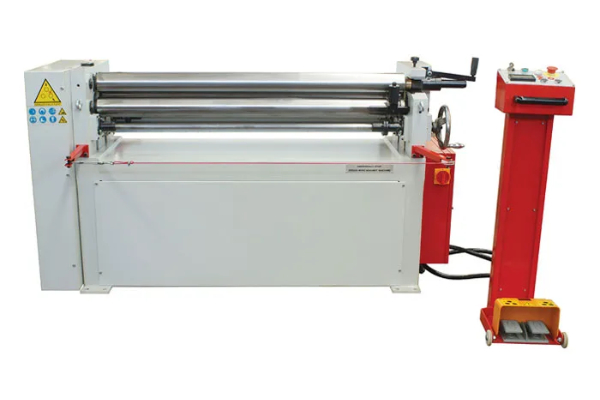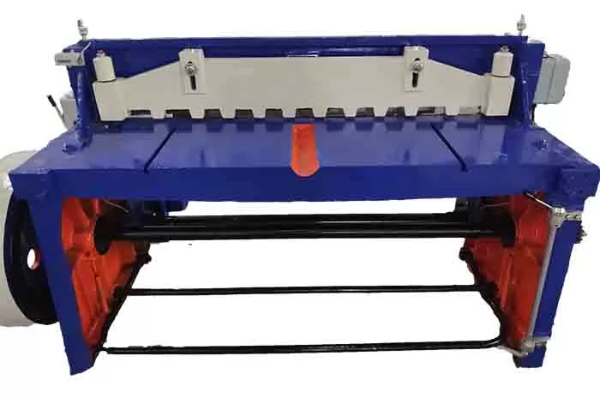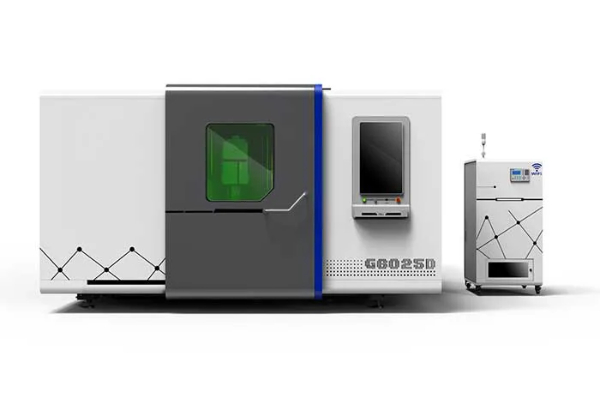
Exploring the Efficiency of Rectangular Duct Machines
- By:Metmac
- 2024-05-21
- 95
Introduction
Rectangular duct machines play a crucial role in the HVAC (Heating, Ventilation, and Air Conditioning) industry, responsible for producing ducts that regulate and distribute airflow in buildings. Understanding the efficiency of these machines is paramount to optimize energy consumption, minimize operating costs, and ensure optimal indoor air quality. This article delves into the various aspects that influence the efficiency of rectangular duct machines, providing valuable insights for industry professionals.
Factors Influencing Efficiency
1. Material Thickness and Quality
The thickness and quality of the sheet metal used in duct manufacturing significantly impact efficiency. Thicker materials provide better rigidity and reduced air leakage, improving overall performance. High-quality materials with proper surface treatments resist corrosion, ensuring long-term efficiency.
2. Airflow Resistance
The design and construction of the duct machine can minimize airflow resistance, reducing pressure drop and maximizing air velocity. Smooth interior surfaces, optimized transitions, and proper duct sizing minimize turbulence and friction, improving airflow efficiency.
3. Fan and Motor Selection
The fan and motor used in the machine play a crucial role in air movement and energy consumption. High-efficiency fans with optimized blade design and motors with variable speed drives ensure optimal airflow while minimizing power usage.
4. Seam Integrity and Sealing
Proper seam integrity and sealing are essential for minimizing air leakage and maintaining duct pressurization. Advanced seam-locking techniques, airtight sealants, and effective dust and particle filtration systems contribute to enhanced efficiency.
5. Operational Parameters
Optimal operational parameters, such as correct airflow velocity, static pressure, and temperature, influence the overall efficiency of the duct machine. Understanding these parameters and adjusting them accordingly ensures that the machine operates at its peak performance.
Efficiency Measurement and Analysis
1. Airflow Measurements
Precise airflow measurements using velocity traverses or flow hoods provide valuable data on duct performance. Accurate measurements determine the air volume handled by the machine and identify areas for improvement.
2. Static Pressure Measurements
Static pressure measurements across the duct machine indicate the pressure differential created by the fan and airflow resistance. Monitoring static pressure allows for adjustments to optimize airflow and minimize energy consumption.
3. Energy Efficiency Audits
Regular energy efficiency audits assess the overall performance of the duct machine. These audits evaluate energy usage, airflow patterns, and maintenance practices, identifying potential efficiency gains and cost-saving opportunities.
4. Data Analysis and Optimization
By analyzing collected data, engineers and technicians can identify trends and anomalies in duct machine performance. This information guides optimizations, such as machine adjustments, material upgrades, or operational parameter modifications, to improve efficiency.
Conclusion
Exploring the efficiency of rectangular duct machines requires a comprehensive understanding of the factors influencing their performance. By optimizing material selection, airflow resistance, fan and motor efficiency, seam integrity, operational parameters, and data analysis, HVAC professionals can maximize duct machine efficiency. This optimization not only reduces energy consumption and operating costs but also contributes to improved indoor air quality and building occupant comfort.
-
The Advantages of Using a Sheet Roll Forming Machine in Manufacturing
2024/09/14 -
How to Optimize Your Laser Sheet Cutting Machine for Maximum Performance
2024/09/12 -
How to Maximize Efficiency with Modern Sheet Metal Working Machines
2024/09/04 -
The Environmental Benefits of Using Duct Board Grooving Machines
2024/09/03
-
A Guide to the Latest Innovations in Sheet Metal Folding Machines
2024/11/29 -
Key Features to Consider When Investing in a Sheet Metal Folding Machine
2024/11/28 -
Enhancing Precision with Advanced Sheet Metal Folding Machines
2024/11/27 -
How to Choose the Right Sheet Metal Folding Machine for Your Workshop
2024/11/26



